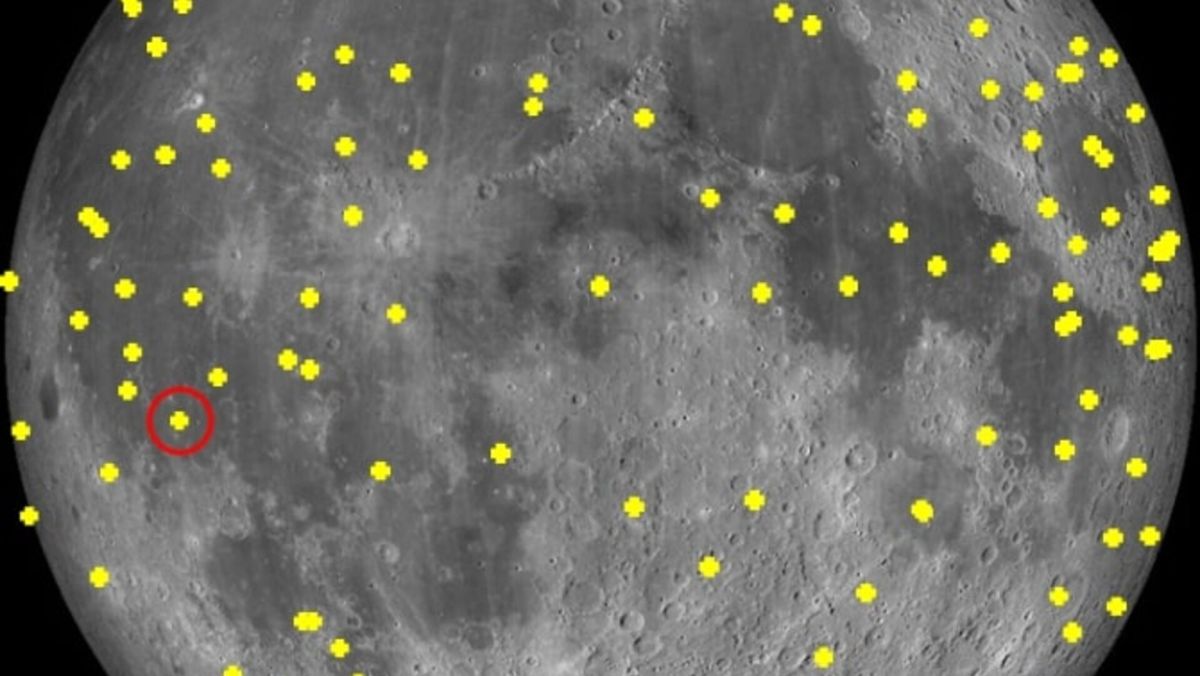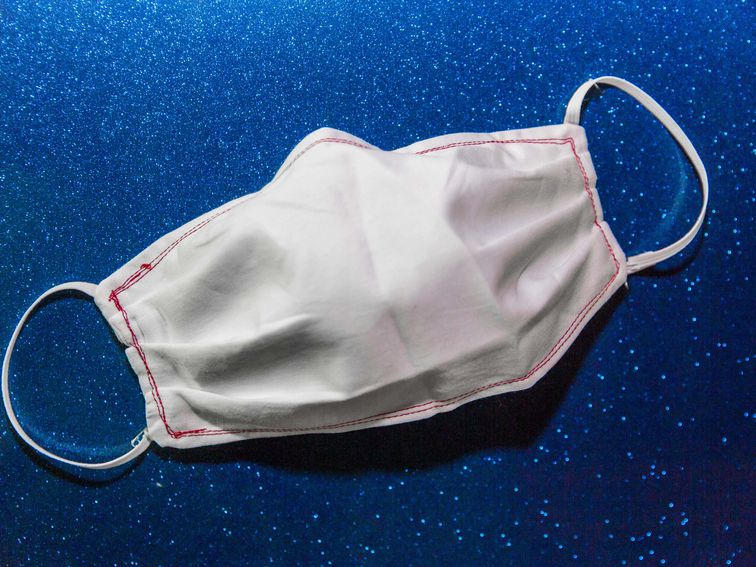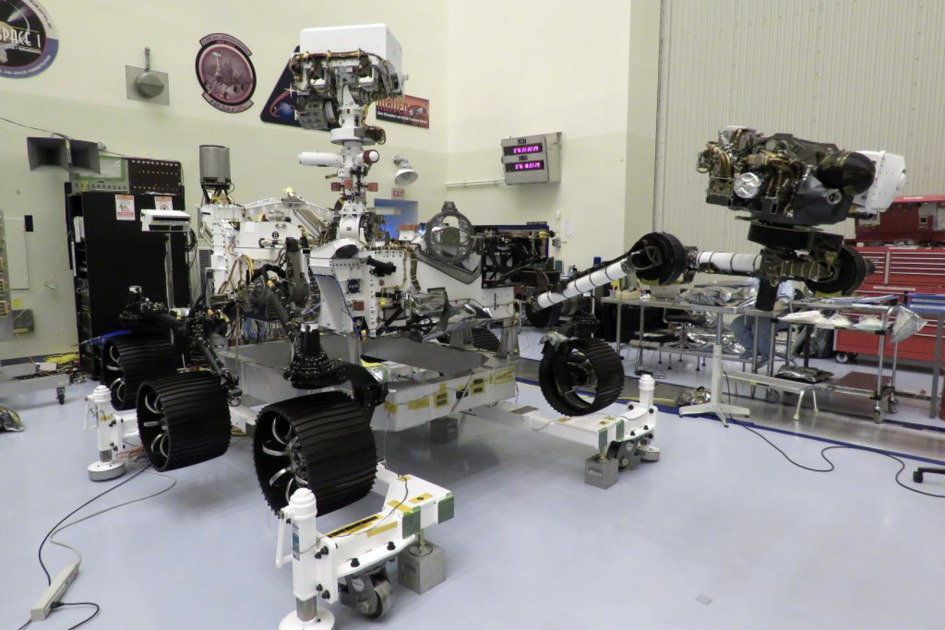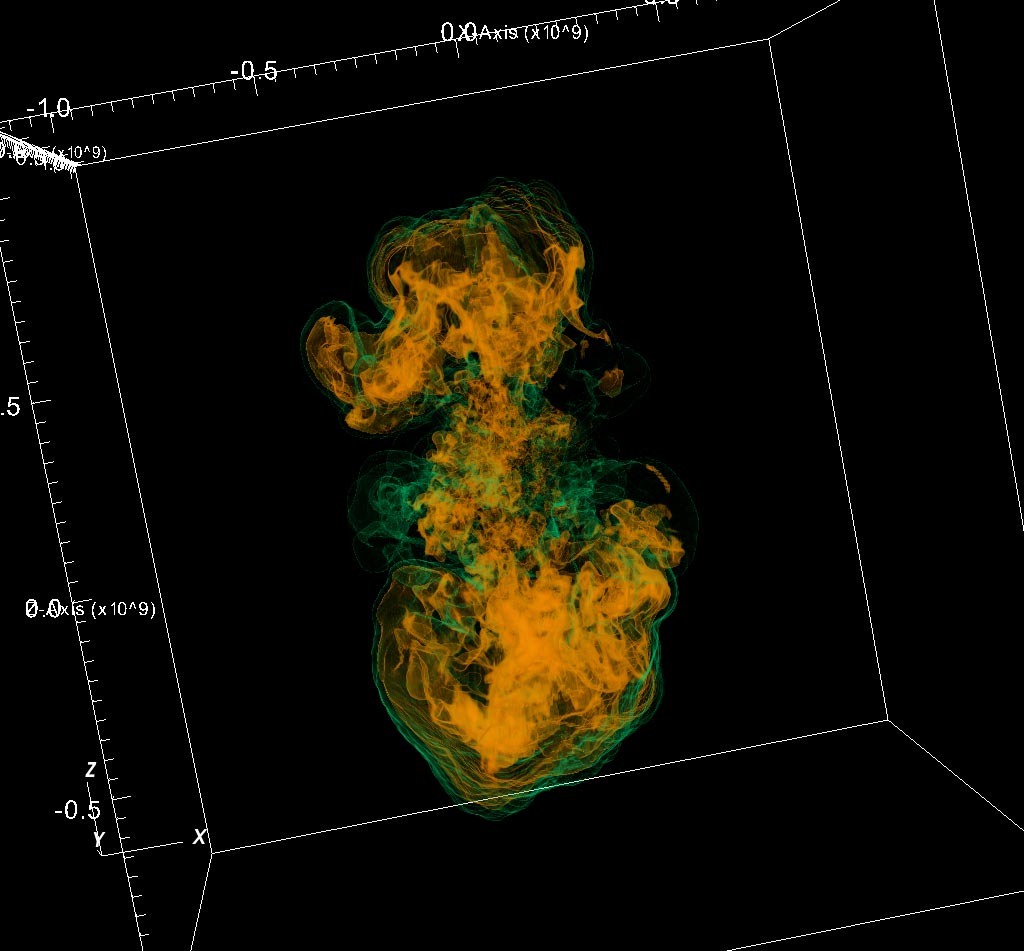Science Tips Tips Tricks Technology The Eta Aquarid meteor shower is still peaking. Here’s how to see the show
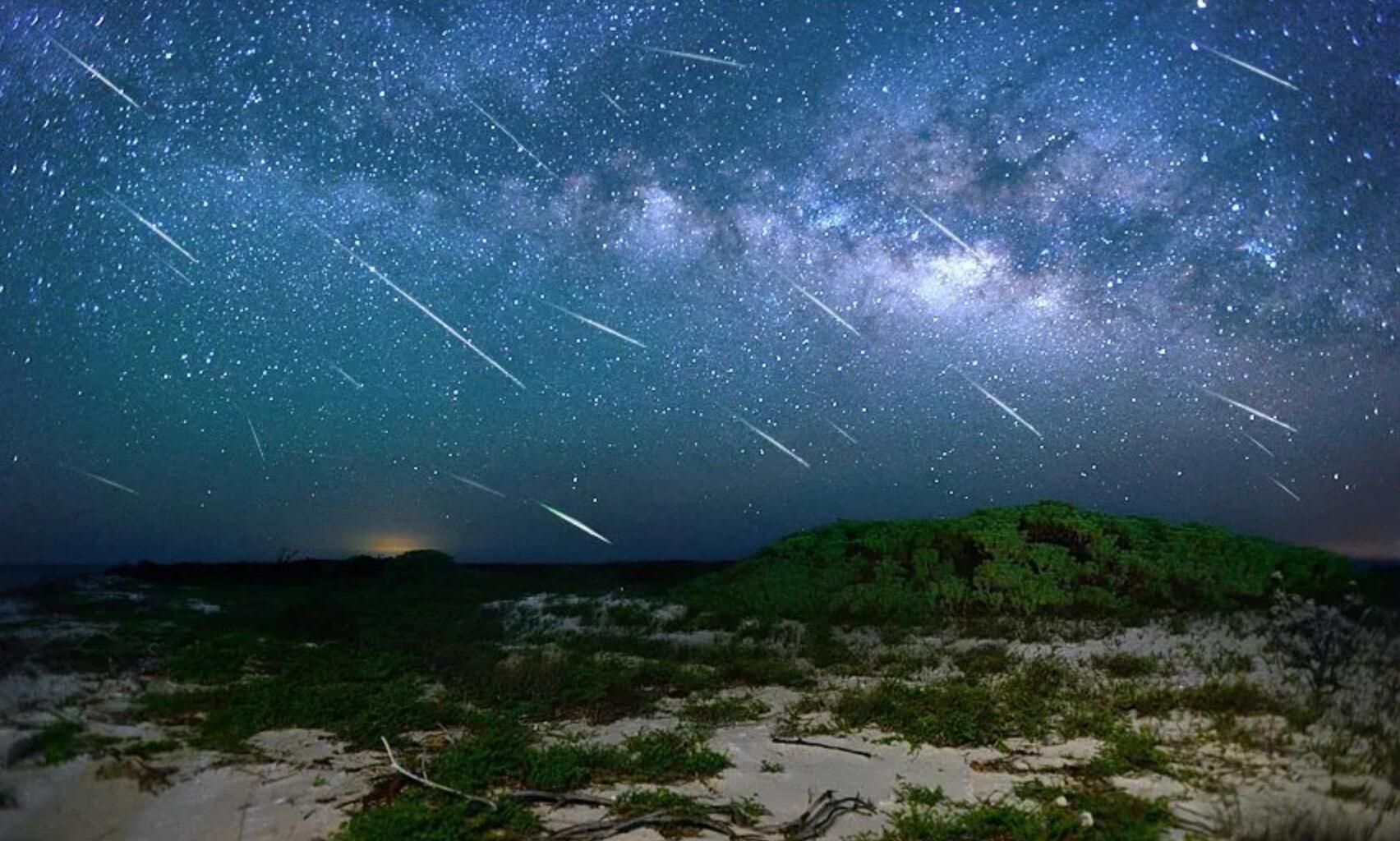
Science Tips Tips Tricks Technology
The Eta Aquarid meteor shower as seen from Chile.
Yuri Beletsky/Spaceweather.com
If you missed April’s Lyrid meteor shower, you have another chance to catch some “shooting stars” this week as the remnants of a famous comet burn up in the night sky.
The Eta Aquarids are forecast to peak Tuesday and Wednesday, May 5 and 6.
Every year around this time, the Earth drifts through a stream of debris left behind by Halley’s Comet. Bits of dust, rock and other debris heat up as they collide with our atmosphere, creating the fleeting trails and the occasional fireballs that can be seen with the naked eye.
According to NASA, the meteors appear to originate from the constellation Aquarius and more precisely from the region of the constellation near one of its brightest stars, Eta Aquarii, which is how the shower gets its name.
Unfortunately, this year the shower has a bit of competition. It falls just before the final supermoon of 2020.
“Intense glare from one of the biggest full Moons of the year will reduce the number of visible meteors from the usual 40 per hour to no more than 10 or 15 per hour,” writes astronomer Tony Phillips.
But if you’re looking for a reason to get outside, that’s still not a bad showing for any meteor shower.
Phillips says the best time to spot the Eta Aquarids is to get up early, an hour or so before sunrise when Aquarius is high in the eastern sky.
Science Tips Tips Tricks Technology See the Perseid meteor shower make a celestial scene worldwide
“Tuesday morning and Wednesday morning are both good. Halley’s debris stream is wide enough to spread the shower over two days.”
Generally speaking, the further south you’re located, the better your view will be of this shower. Good news, Australia!
To see the show, plan to head out as close to about four or five in the morning as possible. Find a location away from light pollution with a clear view of the sky. Lay back, let your eyes adjust to the dark and just relax. If you can orient yourself to look towards Aquarius, that’s great, but if you have a wide enough view of the sky you should be able to catch meteors without locating the constellation.
Enjoy the fire in the sky, preferably at least six feet away from any fellow skywatchers.
